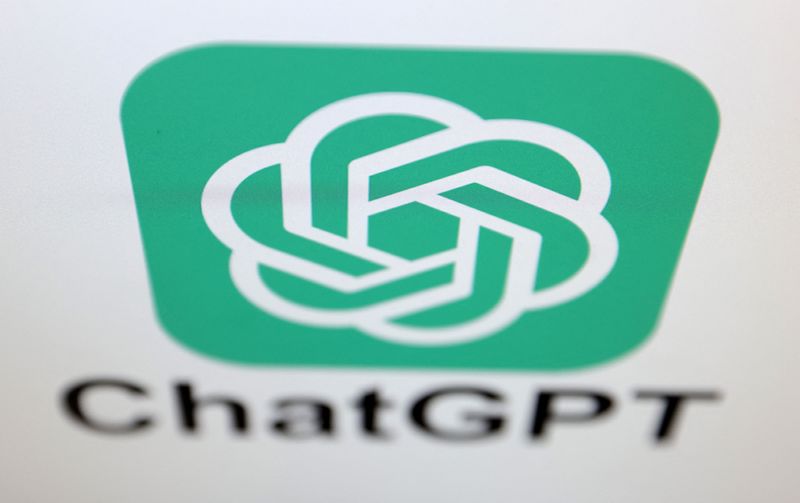OpenAI adds new search function to ChatGPT

(Reuters) – OpenAI on Thursday added a set of new search functions to its popular large language model ChatGPT, opting to integrate the feature into the chatbot instead of launching a separate product.
The AI giant is venturing into a territory long dominated by Alphabet (NASDAQ:GOOGL)’s Google, also placing it in competition with OpenAI-backer Microsoft (NASDAQ:MSFT)’s Bing and emerging services such as Perplexity — a search-focused AI chatbot firm backed by Amazon (NASDAQ:AMZN) founder Jeff Bezos and semiconductor giant Nvidia (NASDAQ:NVDA).
OpenAI said that ChatGPT search will choose to dig the web based on what users ask and will provide fast, timely answers with links to relevant web sources.
“ChatGPT search leverages third-party search providers, as well as content provided directly by our partners, to provide the information users are looking for,” OpenAI said in a blog post.
The search model is a fine-tuned version of GPT-4o, the startup said, adding that all ChatGPT Plus and Team users will have access to it on Thursday.
Enterprise and educational customers will be able to access the features in coming weeks, while it will be rolled out to free users over the coming months.
The Sam Altman-led startup has signed content deals with several publishers this year, including Condé Nast, Time magazine, the Financial Times, Business Insider-owner Axel Springer, France’s Le Monde and Spain’s Prisa Media.
OpenAI said it collaborated extensively with the news industry and gathered feedback from its partners on the search function. Any website or publisher can choose to appear in ChatGPT search.
In July, OpenAI selectively launched SearchGPT, an AI-powered search engine prototype with real-time access to information from the internet.
Earlier in October, OpenAI raised $6.6 billion in funding from investors, which could value the company at $157 billion and cement its position as one of the most valuable private companies in the world.







